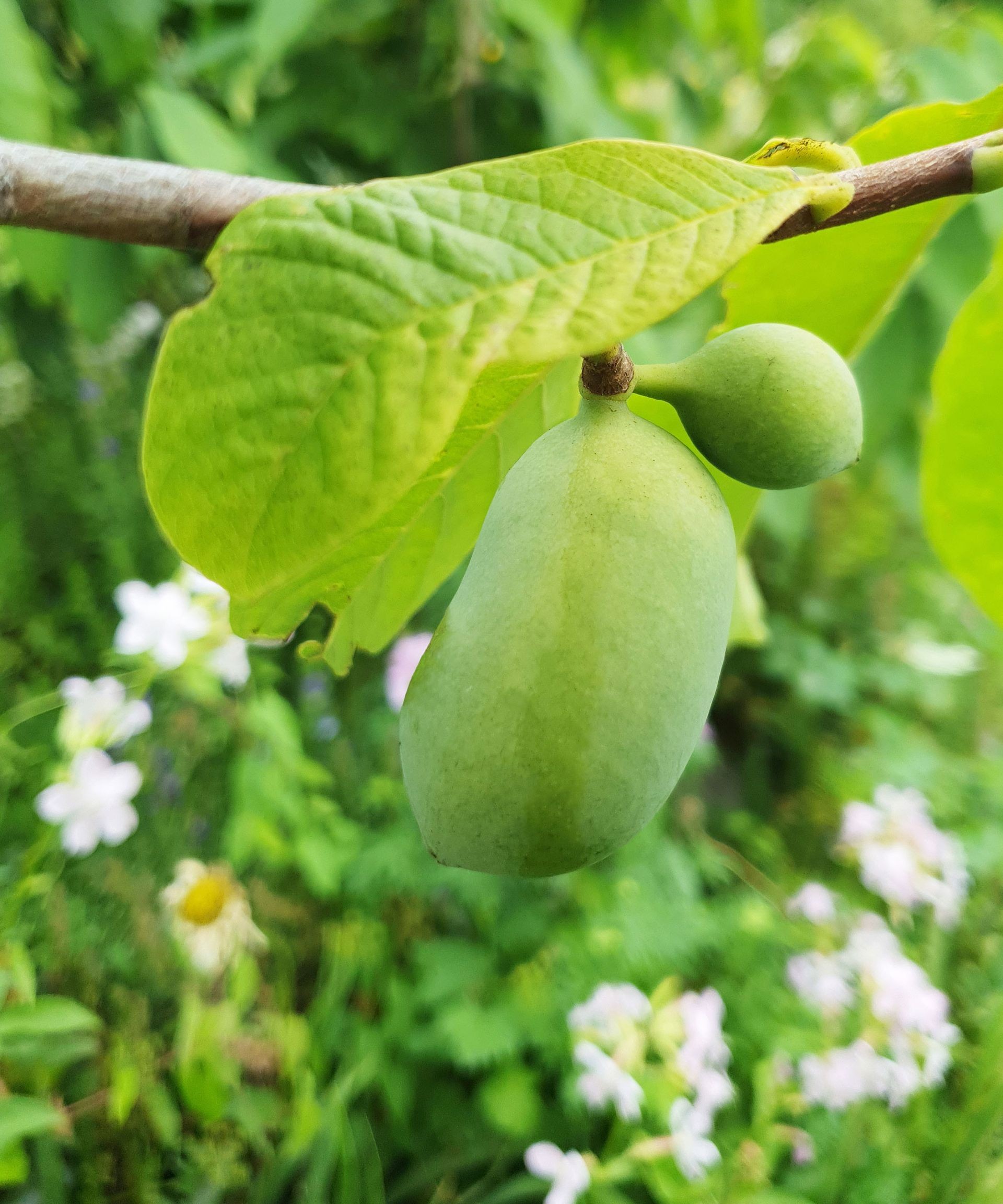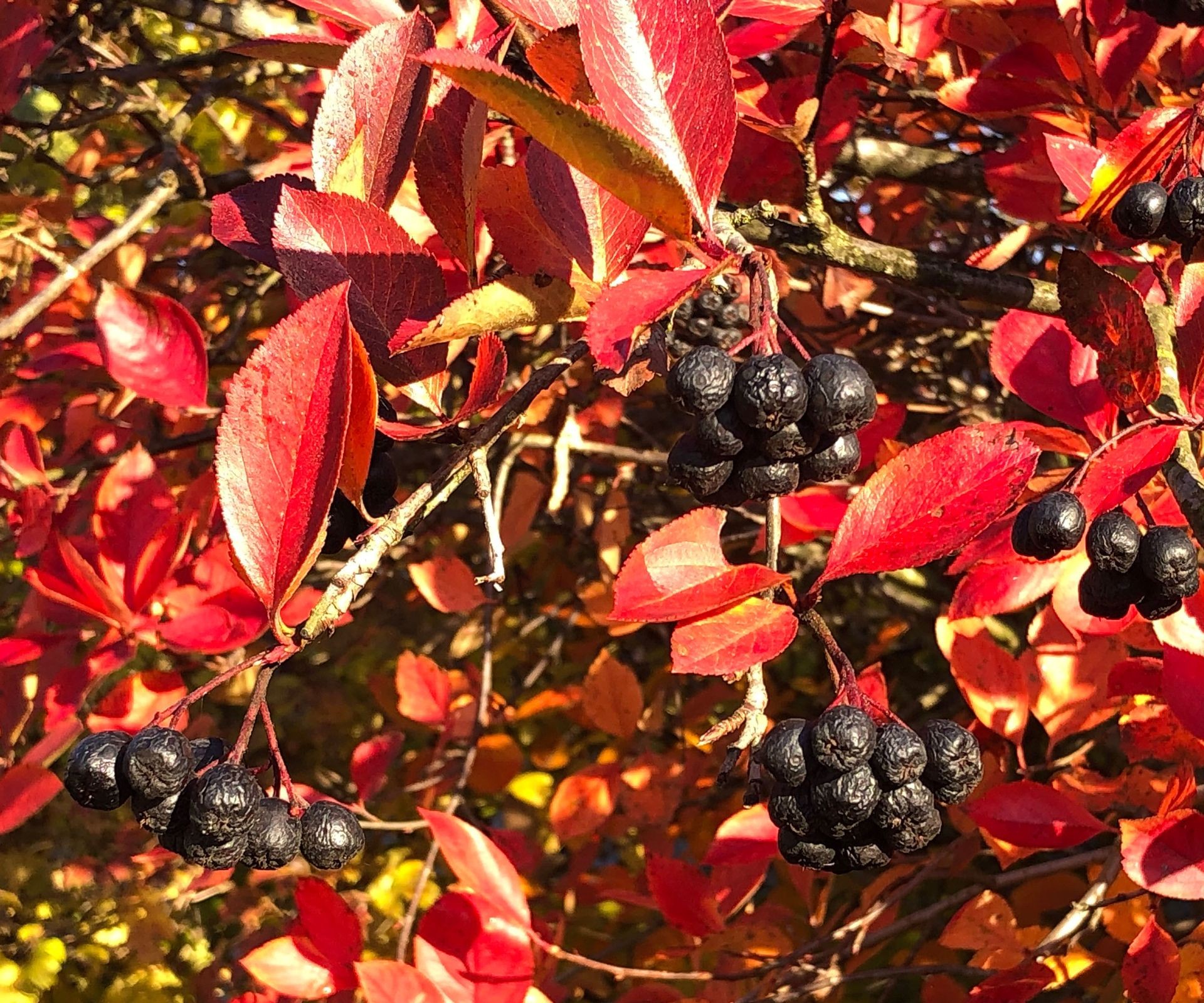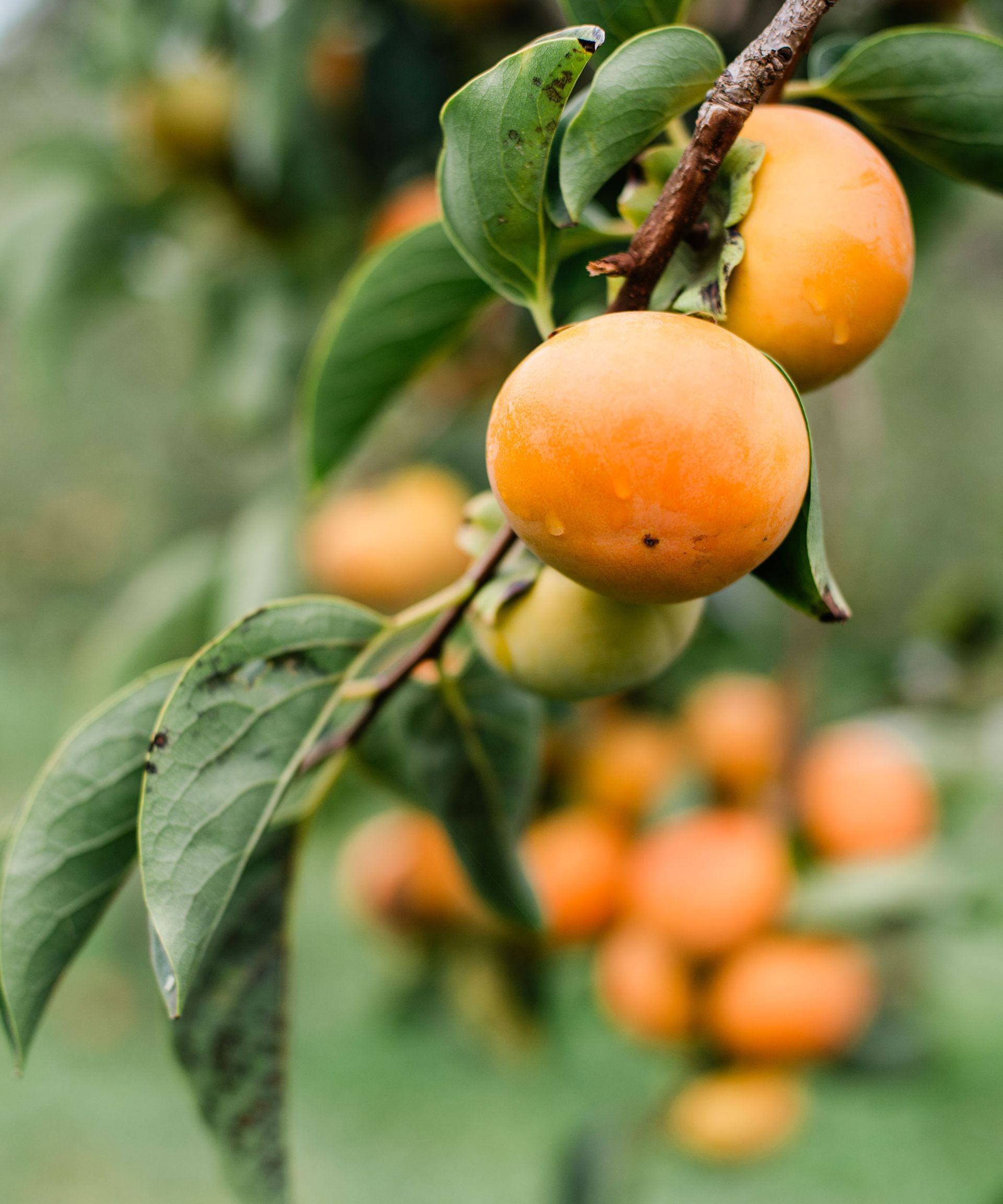No products in the cart.
NEWS
Best Fruit Trees for Wet Soil Conditions
Gardening in challenging conditions can feel daunting, especially when dealing with soil that stays stubbornly wet. Many popular fruit trees, like cherries, plums, and peaches, require excellent drainage and will quickly succumb to root issues in soggy ground. Even dwarf varieties with their shallower roots struggle. But don’t despair! If you have a spot in your yard or garden that tends to hold water, it doesn’t mean you have to abandon your dream of a home orchard. As experts in helping plants thrive, including those facing tricky situations, Biogarden.Asia knows that certain fruit trees for wet soil conditions exist – resilient varieties that can not only tolerate but even flourish where others fail. Forget planting traditional apples or oranges in that damp corner; let’s explore the fantastic fruit-bearing options that actually appreciate a bit of moisture.
Thriving in the Damp: Our Top Fruit Tree & Shrub Picks
Which fruit-bearing plants genuinely like wet soil? Few traditional trees fit that description perfectly, although some show remarkable tolerance. In our experience at Biogarden.Asia, some of the most reliable choices for damper spots are actually large shrubs or lesser-known trees. These selections are not only adaptable but often generously productive. For delicious fruits that perform well in damp conditions, consider these excellent candidates:
1. The Tropical Treasure: Pawpaw (Asimina triloba)
A delightful and often overlooked native fruit tree, the Pawpaw is a fascinating addition to any garden, particularly in its native range across the Eastern US. This deciduous tree offers a taste of the tropics with its sweet, custardy fruit, reminiscent of bananas or mangoes. While it ideally prefers well-draining soil, the Pawpaw demonstrates a notable tolerance for wet soil conditions.
 Developing green pawpaw fruit nestled among the leaves on a tree.
Developing green pawpaw fruit nestled among the leaves on a tree.
Pawpaws can adapt to a wide range of sun exposures, thriving from deep shade to full sunlight. To ensure a harvest, you’ll typically need to plant at least two different varieties for cross-pollination. The tree produces attractive dark purple flowers on bare branches before the leaves emerge in spring. The unique, fist-sized fruit ripens in late summer.
 Ripe pawpaw fruit hangs from a branch, showcasing its unique shape.
Ripe pawpaw fruit hangs from a branch, showcasing its unique shape.
Harvesting Pawpaws requires vigilance, as their delicious fruit is highly appealing to squirrels and other wildlife. Beyond its fruit, the Pawpaw is an attractive plant throughout the year, offering bright yellow fall color as its leaves change before dropping.
2. A Garden Classic: Pears (Pyrus spp.)
If you’re seeking a more traditional orchard tree that can handle some moisture, the pear is your best bet. Pears are surprisingly tolerant of heavier soils and can even withstand occasional periods of standing water better than most other common fruit trees like apples, peaches, or plums. European and Asian pear varieties (Pyrus communis, Pyrus pyrifolia) are generally the most forgiving when it comes to damper soil conditions.
 Cluster of ripening pears hanging from a branch on a pear tree.
Cluster of ripening pears hanging from a branch on a pear tree.
It’s important to note that while pears tolerate wetness, they still perform optimally in deep, well-drained soil. Extended periods of waterlogging will stress the trees and can lead to issues. However, if you have a site with adequate, even if slow, drainage and occasional wetness, pears are among the most prolific and reliable fruit trees you can choose for such a landscape.
3. The Bog-Tolerant Beauty: Highbush Cranberry (Viburnum trilobum)
When thinking of cranberries, many envision the expansive “cranberry bogs” of commercial production. While these fields are indeed managed with flooding, it’s crucial to understand that the plants don’t live submerged constantly throughout the growing season. Highbush Cranberries, which produce the fruit we commonly consume, show a strong tolerance for damp soil.
Flooding in commercial settings serves specific purposes, such as winter protection by freezing ice over the plants or facilitating “wet harvesting.” During the active growth phases, the water is typically removed, allowing the plants to grow in moist, often peaty soil. This demonstrates that while constant submersion isn’t required, occasional wetness and persistently damp conditions are well within the Highbush Cranberry’s comfort zone, making it an excellent fruiting shrub for areas prone to getting wet.
4. The Resilient Superfood Source: Black Chokeberry (Aronia melanocarpa)
Black Chokeberry is a remarkable shrub prized for its multiple seasons of interest and its highly nutritious fruit. It boasts lovely white flowers in spring, develops tart black berries in late summer or early fall, and offers vibrant autumn foliage. The berries themselves are considered a superfood due to their high antioxidant content.
 Dark purple-black chokeberries hanging on a branch with green leaves.
Dark purple-black chokeberries hanging on a branch with green leaves.
The fruit is edible but notably astringent when raw, making it best suited for cooking applications like jams, jellies, or adding to smoothies. Timing the harvest before birds discover them is often key! What truly sets Black Chokeberry apart for our discussion is its exceptional tolerance for wet soils. This shrub is a fantastic choice for areas with heavy soil, poor drainage, or even natural wet spots like rain gardens, pond edges, or areas bordering swamps, where they are often found thriving in the wild alongside drier dunes and rocky areas.
5. The Adaptable Delight: Fuyu Persimmon (Diospyros kaki)
Many varieties of persimmon trees require good drainage to prevent root rot and thrive. However, the Fuyu persimmon, also known as the Asian or Japanese persimmon, stands out for its notable adaptability to various soil conditions. The Fuyu shows tolerance for wet soil and can even handle somewhat boggy conditions.
 Bright orange Fuyu persimmon fruit ripening on a branch in autumn.
Bright orange Fuyu persimmon fruit ripening on a branch in autumn.
It is important to clarify that while tolerant of moist or wet conditions, the Fuyu persimmon will not survive in constantly waterlogged soil where oxygen is completely absent around the roots; this will still lead to root rot. However, compared to many other fruit trees, it is significantly more forgiving of damp spots. The Fuyu tree itself is a garden delight. Its fruit is beautiful – firm, rounded, and turning from green to vibrant orange as it ripens, offering a succulent and sweet taste. A mature Fuyu tree can be remarkably productive, potentially yielding 50 pounds of fruit or more just a few seasons after planting. Growing up to 30 feet tall and wide, it performs well in anything from full sun to partial shade and offers spectacular fall color, illuminating the landscape with shades of gold, orange, and red.
Addressing Common Questions About Wet Soil & Fruit Trees
Do Peach Trees Tolerate Wet Soil?
Generally, no. Peach trees are highly susceptible to root rot in wet conditions and absolutely do not tolerate soggy soil. While certain dwarf rootstocks might offer slightly better performance in less-than-ideal drainage, planting a peach tree in a wet spot is generally not recommended. Other fruits like pears or persimmons mentioned above are far more suitable choices.
What Fruit Trees Grow Well in Clay Soil with Poor Drainage?
Traditional fruit trees, as a rule, do not prefer heavy clay soil with poor drainage. The challenge with clay is its tendency to retain water and become compacted, limiting oxygen to the roots. Among traditional options, pears show the best tolerance for heavy soil and occasional standing water. However, the shrubs like Black Chokeberry are significantly more tolerant of challenging clay conditions with poor drainage, thriving even in such environments.
Navigating gardening challenges like wet soil requires choosing the right plants for the right place. While many common fruit trees prefer drier feet, resilient options like the unique Pawpaw, adaptable Pears, bog-tolerant Highbush Cranberry and Black Chokeberry, and the versatile Fuyu Persimmon offer fantastic possibilities for harvesting fresh fruit even in damp conditions. Understanding their specific tolerance levels – from tolerating occasional wetness to thriving near water bodies – is key to success. Don’t let poor drainage deter your orchard dreams. With careful selection and understanding your site, you can enjoy a bounty of fruit. Explore these possibilities and discover how Biogarden.Asia can support your gardening journey, whatever your soil type.



